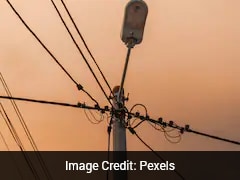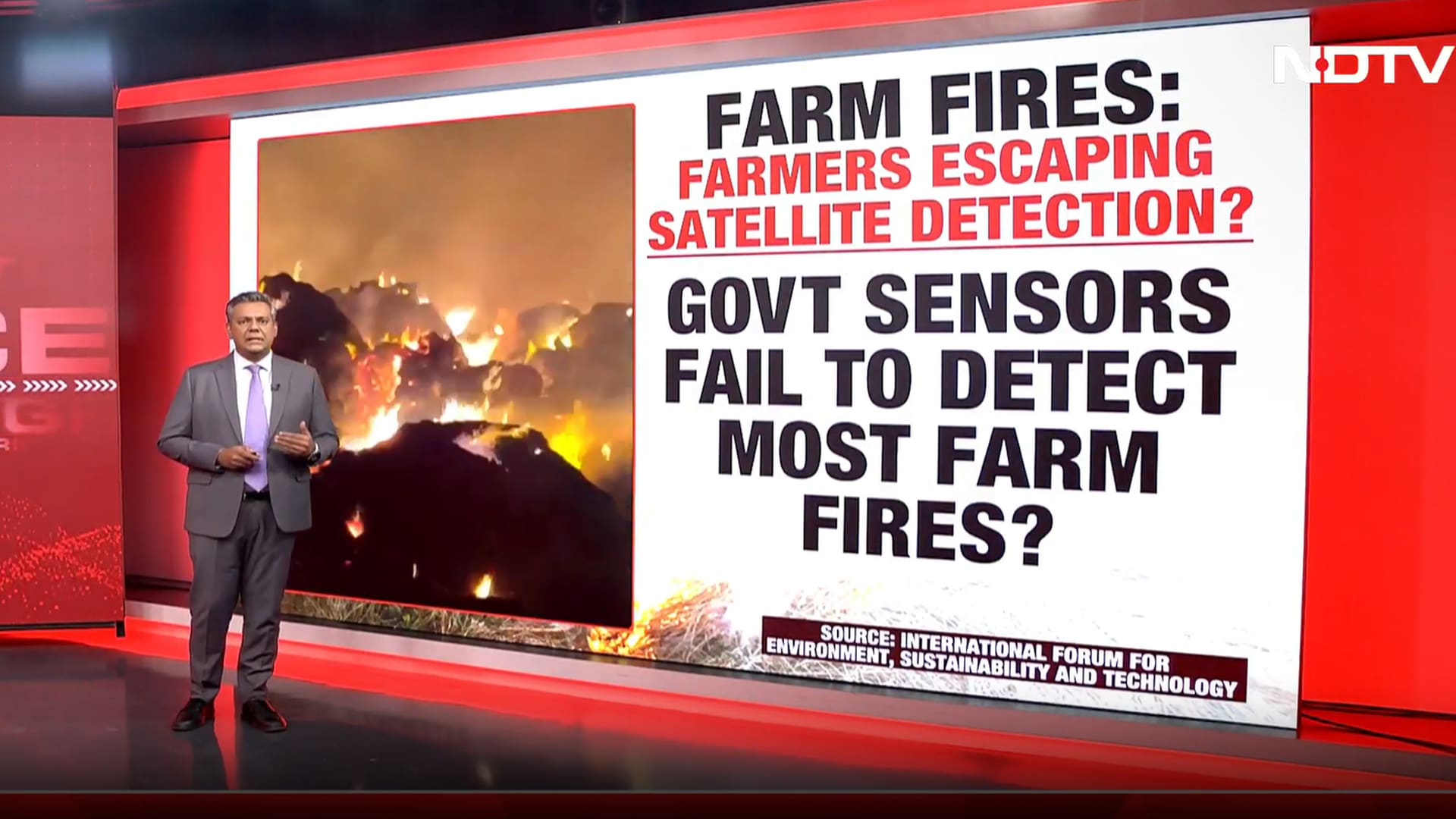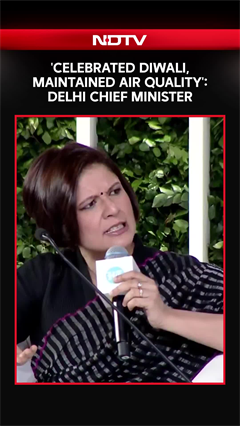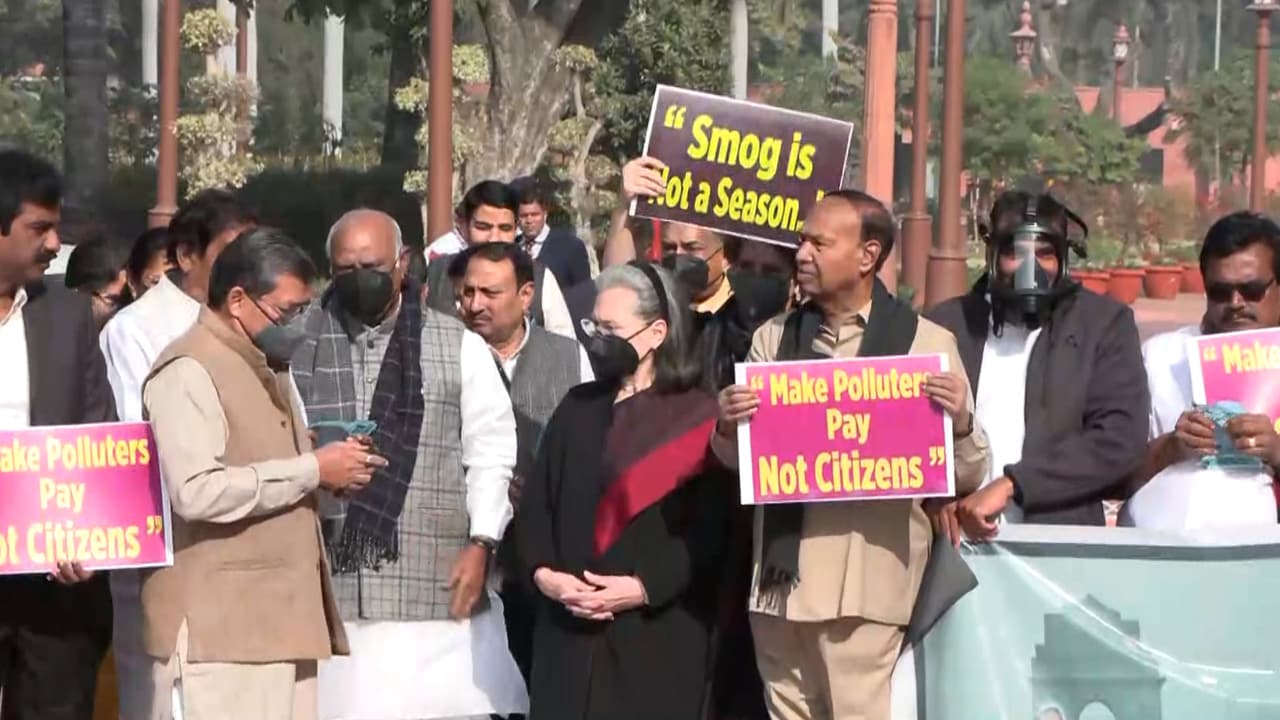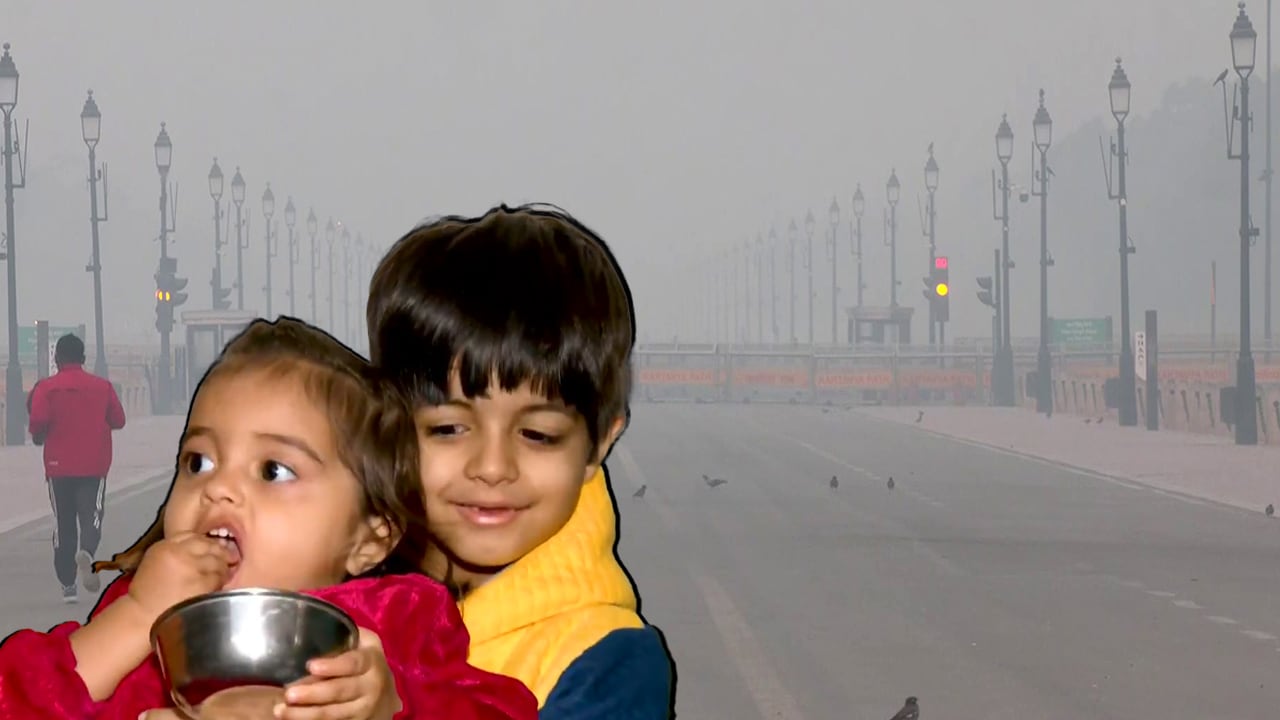- Home/
- Second-Hand Smoke Leaves A Heavy Health Burden On Children, Study Explains How
Second-Hand Smoke Leaves A Heavy Health Burden On Children, Study Explains How

Second-hand smoke (SHS) may seem harmless to many, but mounting evidence shows it carries serious consequences for children. Though they are non-smokers, children often suffer from repeated exposure, whether at home, public areas, or indoors with smokers. A recent study and global data indicate that SHS is a major contributor to disease burden among children, causing numerous deaths and disabilities. The analysis published in the peer-reviewed journal Respiratory Research (2025) traces how many children globally are affected, how burdens shift, and the factors that maintain or increase risk.
The findings worsen earlier estimates and underscore the urgency of stronger protective measures.
What The Global Burden Data Reveals
The Global Burden of Diseases 2021 analysis shows that although age-standardized exposure levels (SEV) to SHS have modestly declined since 1990, the absolute number of deaths and disability-adjusted life years (DALYs) attributable to SHS have not decreased, largely because of population growth and ageing. In 2021, children remain heavily impacted. The study found that around 50% of children worldwide are exposed to second-hand smoke (home, public places, etc.).
Regions with lower socio-demographic indices (SDI) continue to bear a larger burden. Many low- and middle-income countries lag in implementing strong smoke-free indoor air policies.
Effects On Young Children: Respiratory Illness And Mortality
Another study estimated that in 2019, about 6.94% of deaths from LRIs in children under 5 could be linked to second-hand smoke. The number is especially stark for infants under one year, and the rate of DALYs (loss of healthy life years) remains high. The shrinking trend is slower in South Asia.
Other Health Risks: Growth, Ear Infections, Long Term Disease
World Health Organization (WHO) data show that exposure to tobacco smoke, including SHS, is linked with stunting (low height for age) in children, both from maternal smoking and from SHS after birth. In 2022, nearly 150 million children were stunted globally. Many of these cases are connected to multiple factors, including SHS.
SHS increases the risk of chronic respiratory diseases, asthma exacerbations, ear infections, and reduced lung function later in childhood. Even molecular studies show DNA methylation changes in children exposed to SHS at home, suggesting that SHS may alter gene expression in ways that affect disease susceptibility.
Key Challenges In Managing SHS Impact On Children
Smoke exposure at home remains a major source. Public bans or regulations often apply to public places, but many children are exposed inside private homes, cars, or by caregivers.
Social, economic, and cultural factors include households in lower SDI regions, crowded homes, poorer ventilation, lower awareness, and less regulatory enforcement increase risk.
What May Help
While smoke exposure remains a major issue that impacts child health, here are some recommendations on what may alleviate the situation if health experts, urban planners, the government, caregivers, and families come together:
- Enact and enforce 100% smoke-free environments as both public and private indoor spaces.
- Raise public awareness. Many caregivers underestimate risk, especially inside homes. Education campaigns targeting both smokers and non-smokers are vital.
- Improve ventilation isn't enough. Avoiding smoke sources is necessary. For example, smokers should smoke outside with distance from doors/windows.
- For pregnant women, avoiding SHS is particularly important. Effects begin in utero (low birth-weight, preterm birth). This helps reduce risks of stunting.
- Health policies should include monitoring SHS exposure among children, integrating exposure questions in health surveys and routine paediatric check-ups.
Second-hand smoke is not a distant or mild risk. It is a pervasive contributor to illness, impaired development, and death among children worldwide. While exposure levels may be declining in some parts of the world, population growth, ageing, and uneven policies mean that children in many regions continue to suffer. The evidence, from deaths due to respiratory infections to long-term epigenetic changes, is too strong to ignore.
Protecting children from SHS requires collective action in terms of policy, awareness, and everyday choices. For parents, caregivers, and neighbours, simple measures like smoking outside, away from open windows or children, and supporting smoke-free homes can make a huge difference.
Disclaimer: This content including advice provides generic information only. It is in no way a substitute for a qualified medical opinion. Always consult a specialist or your own doctor for more information. NDTV does not claim responsibility for this information.
References
Su, Z., Xie, Y., Huang, Z. et al. Second hand smoke attributable disease burden in 204 countries and territories, 1990-2021: a systematic analysis from the Global Burden of Disease Study 2021. Respiratory Research. 2025; 26:174. DOI: 10.1186/s12931-025-03228-3.
Global burden of lower respiratory infections attributable to second-hand smoke among children under 5 years of age, 2010-2019: a systematic analysis of the Global Burden of Disease Study 2019. BMC Public Health. 2023. DOI: 10.1186/s12889-023-16848-5.
WHO warns that tobacco use is linked to child stunting. World Health Organization. September 9, 2025.
also read
Latest Stories
- Press Trust of India | Wednesday December 10, 2025 , New Delhi
Amid high pollution levels in the capital, the Delhi Pollution Control Committee (DPCC) has issued directions mandating a strict ban on the use of coal and firewood in tandoors across all hotels, restaurants and open eateries in the city.
- Press Trust of India | Monday December 08, 2025 , New Delhi
Delhi's air quality remained locked in the 'very poor' category on Monday, with the air quality index (AQI) staying above 300, while forecasts suggest that pollution levels are likely to deteriorate further.
- Reported by Ashwine Kumar Singh | Monday December 08, 2025 , New Delhi
Delhi Chief Minister Rekha Gupta's remarks about the government using mist sprayers to contain pollution at hotspots has drawn a stinging response from her predecessor Arvind Kejriwal.
- Written by Rupashi Chhabra | Monday December 08, 2025
Maintaining lung health is essential for longevity. Here are five simple steps to perform an anti-pollution lung detox for long-term well-being.
- Edited by Astitva Raj | Sunday December 07, 2025
His post clearly explains the various daily challenges he faced after moving to India from Ireland.
................................ Advertisement ................................
Latest Videos
Opinion
Blog | Well Done, Delhi. You've Turned Lung Sacrifice Into A Badge Of HonourSaikat Kumar Bose
Monday November 10, 2025Till some years back, Delhiites would ask angry questions to those in power about the capitals annual tryst with toxic air. This has changed. Those in the driving seat dont see the need to answer now.
Opinion | Why Indians Have Just Given Up On Air Pollution CrisisTanushree Ganguly
Friday December 20, 2024While some may argue that people in Delhi are now more aware of air pollution than they were a decade back, my rebuttal would be that awareness does not mean that people are concerned.
Opinion | You Must Outrage Over Filthy Air More Than Once A YearJyoti Pande Lavakare
Tuesday December 10, 2024Delhi welcomed us with monsoon rains and mangos. We were home. Fast forward a couple of years, in the winter of 2012, I found myself in denial about something other parents, mostly expats, were calling toxic air.
Opinion | Delhi's Air Pollution Situation Is Like A Bad MarriageNishtha Gautam
Friday November 22, 2024On a good day, such as today, the AQI reading in Delhi is 407. We are jubilant at the sickly sunshine trickling through the slightly dissipated smog. At least its not 1600.
दिवाली... पराली... सियासी जुगाली!Ashwini kumar
Monday November 18, 2024दिल्ली-एनसीआर में प्रदूषण का समाधान तो आज तक मिला नहीं. हर साल चिंतित होकर हम-आप सांसों की तकलीफ के साथ-साथ दिल और ब्लड प्रेशर के मरीज भी क्यों बनें?







